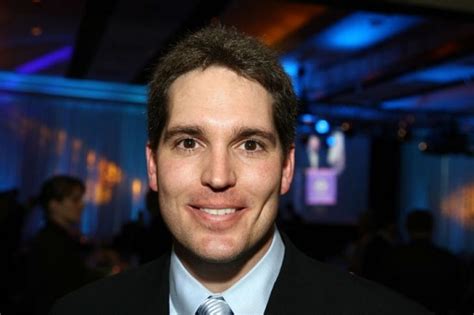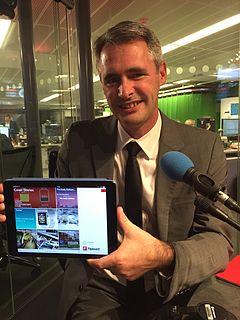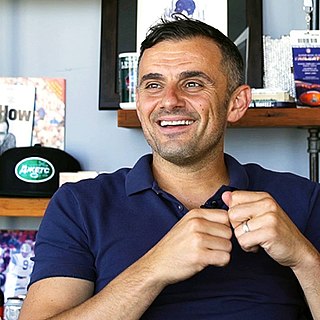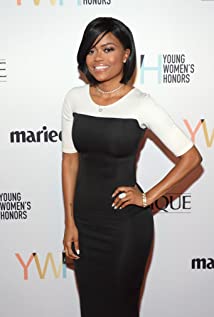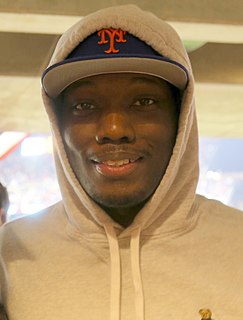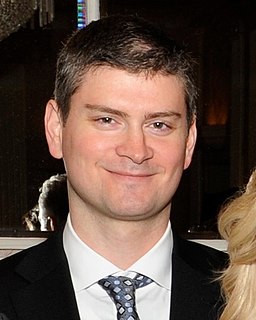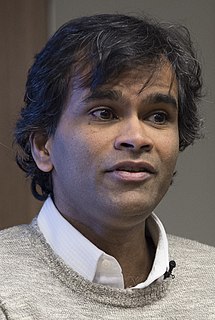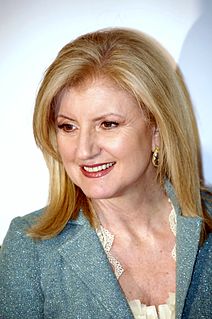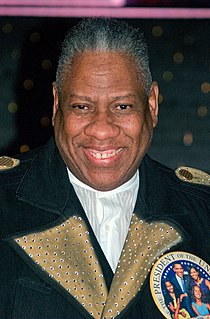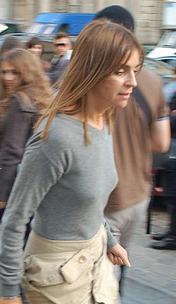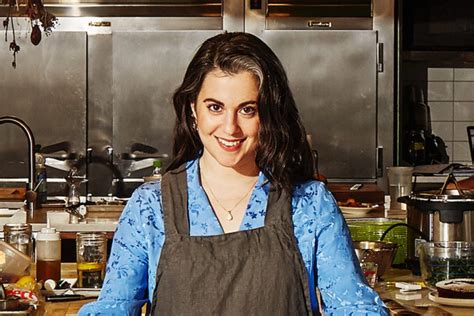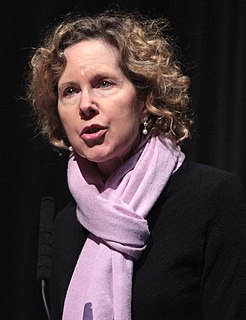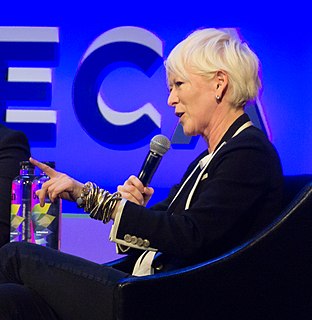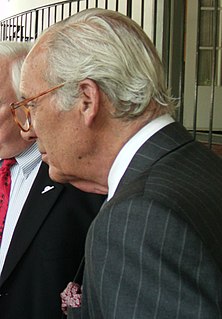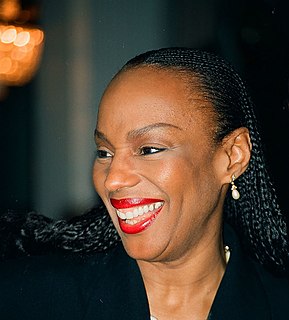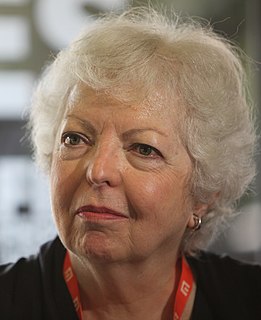A Quote by Norman Pearlstine
The issues for journalism and journalists, we see obvious places where presentation is very different in a digital space from traditional print. If you go to a New York Times homepage, you cannot get to a story about the Ukraine without a click-off on a banner ad or a slide show. They're not alone in that - you think you're clicking on a video about a news event and you have a 30-second ad that you have to watch before you can get to it.
Quote Topics
Related Quotes
Imagine you're watching '30 Rock' and an ad comes on, but you don't like it. With Hulu Ad Swap, you can actually click the button and trade out the ad. So for the first time ever, a consumer is in control of their ad experience. For us, it's a big win because users are able to take control of what they see.
You can't just repurpose old material created for one platform, throw it up on another one, and then be surprised when everyone yawns in your face. No one would ever think it was a good idea to use a print ad for a television commercial, or confuse a banner ad for a radio spot. Like their traditional media platform cousins, every social media platform has its own language.
It's weird doing a show on a Saturday, because we get the news after everybody had their way with it. We still have to find a way to get something fresh out of the story, but also keep the integrity of it. A lot of times the obvious take is so obvious it's already been on Twitter, so we gotta find a new thing.
The news is a public service. It's a way to inform people of what's going on in their world. And when you make it about ratings and make it about ad dollars, there's no incentive to inform people. The incentive is to be sensationalistic and get as many people to watch as you can without any regard for truth or objectivity.
I'm not an ad-libber. If I'm asked to ad-lib, I can ad-lib forever and it's really fun to do that, but I find that well-written scripts are put together very carefully. Once you start to ad-lib and add words to sentences, there's a slacking that happens. When it's good writing, it's taut. I'm not judging people who do ad-lib.


